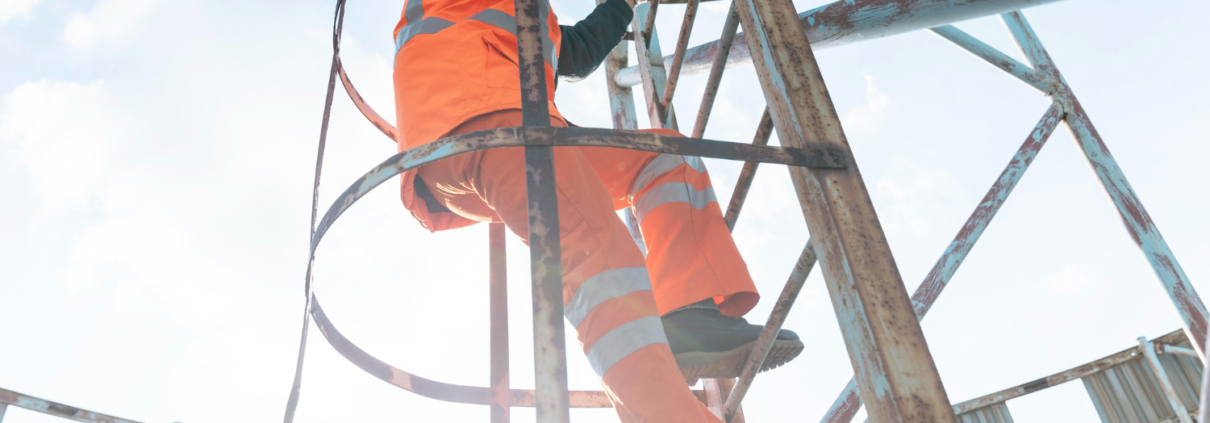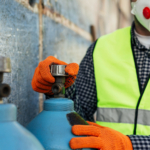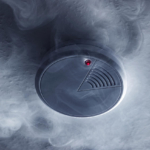Responding To Equipment Failures During Tower Rescues
Tower rescues rely on a careful mix of skill, training and equipment. Every person involved needs to know what to do and when to act. But even with the most trusted gear, things can still go wrong. When they do, they can throw off your plan in seconds. Having a clear idea of what to look for and what to do next can make a real difference when time matters most. The middle of a rescue is the worst time to start thinking about how to handle an equipment failure.
In Perth’s work environment, where weather, structure types and terrain can all vary, there’s even more reason to be ready. High training standards help, but knowing the signs of trouble and having backup plans in place is what keeps things moving safely. Whether you’re part of a rescue team or building those skills, it’s worth knowing what a smart response looks like when gear stops working the way it should.
Recognising The Signs Of Equipment Failure
Spotting an issue before it turns into an emergency is key. Equipment won’t always give a loud warning before it fails. Sometimes it’s something small, like a slight slip in a harness or a winch that doesn’t feel quite right. These small signs can quickly lead to major problems if left unchecked.
Some common signs to watch for include:
– Frayed or worn webbing on harnesses and lanyards
– Clips or carabiners that stick or don’t close fully
– Visible cracks or dents in load-bearing parts
– Unusual noises or smells coming from mechanical gear
– Sudden resistance or lack of response from powered equipment
Many of these issues can be avoided with regular checks, but that doesn’t mean they’ll never appear during use. That’s why pre-use inspections are so important. Every team member should check their gear before starting a rescue and report anything that doesn’t look right.
Regular maintenance matters too. Equipment should never be used outside of its inspection window. Simple habits, like cleaning and storing gear properly after every use, go a long way. Training sessions that involve gear handling under pressure can also help. People tend to notice when something doesn’t feel right once they’ve had enough exposure.
One team in Perth had an incident during a routine training drill where a pulley jammed halfway through a descent. Thanks to a sharp-eyed operator, the problem was caught instantly and the team switched over to an alternate system. That switch wouldn’t have been possible without a clear knowledge of what a jammed pulley looks and feels like during operation.
Immediate Actions To Take When Equipment Fails
When something stops working mid-rescue, the first instinct might be to panic. But having a set idea of what to do allows you to stay calm and act fast. The safety of both the person being rescued and the rescuer relies on quick but correct decisions.
Here’s a simple sequence to follow during equipment failure:
1. Pause the operation – Stop all movement immediately to stop the risk from getting worse
2. Secure the scene – Make sure all team members are in a safe position and use backups where available to support the person suspended
3. Identify the issue – Try to work out exactly what has failed. Is it a harness component, a rope system, or mechanical gear?
4. Switch to a backup system – If possible, move over to an alternative piece of gear or support system
5. Communicate – Keep everyone on-site informed. This includes rescuers, the person being rescued and site supervisors
6. Exit or continue the rescue – Once control is regained, either complete the rescue with safety confirmed or exit if that’s the smarter option
Accidents tend to cause delays, but delays can also create risk. That’s why rescue teams need to be just as trained in fault response as they are in basic operation. Practising under pressure with simulated failures can give teams the confidence to act quickly and avoid hesitation. Knowing what steps to take in what order cuts down on confusion when every second counts.
Backup Plans And Alternative Strategies
When equipment fails during a rescue on a tower, every second counts. That’s why having a Plan B and sometimes even a Plan C isn’t optional. It needs to be thought out ahead of time and practised regularly. In Perth, where job sites can differ a lot by structure and height, those plans need to be flexible but reliable.
Good rescue teams always think a few steps ahead. They don’t just rely on one method or one piece of gear. Instead, they prepare for the possibility that something might not work and they’re ready to adjust. Backups can take the form of secondary rope systems, extra pulleys or even pre-rigged haul kits positioned in key spots.
Some smart backup measures include:
– Pre-rigged secondary lines that mirror the main line’s setup
– Tandem prusik belays as an added layer of fall protection
– Spare carabiners, slings and adjustable anchors ready to deploy
– Inspection tags that clearly show the last service date on backup gear
– Assigning roles to ensure someone’s monitoring the backup system during live rescues
Alternative techniques also have their place. For example, if a descent device gets jammed, a basic manual lowering system can be thrown into action using gear already in the kit. These aren’t the kinds of solutions that come to mind when under stress unless they’ve been practised. Rescue drills are the best time to test these backup ideas so they aren’t being used for the first time in a real emergency.
In one Perth job site incident, a load-bearing hook cracked during a controlled descent. Because the team had run drills with alternative anchor setups, they were able to switch to a mobile anchor point and continue the lift with minimal delay. That sort of adaptability is only possible through regular planning and real-world practice.
The Role Of Training In Handling Equipment Failures
Training is what turns theory into instinct. During high-pressure rescue situations, it’s the crew that can stay calm, think clearly and act fast that makes the difference. But none of that response comes out of nowhere. It’s shaped by how often and how well teams train.
Tower rescue training in Perth takes into account specific challenges local teams face. That might include variations in structure height, coastal wind conditions or even unfamiliar equipment that pops up on certain types of worksites. Exposure to this range of settings helps build a sharper skill set that’s hard to get from generic courses.
Well-rounded training doesn’t just focus on successful rescues. It also teaches trainees how to handle setbacks, such as:
– Loss of anchor points or anchor movement under load
– Secondary team member complications like gear snagging or fatigue
– Changes in weather that affect equipment performance
– Communication breakdowns between rescuers
Practising things when they go wrong is what makes teams stronger. Knowing how to handle a stuck descender or shift a casualty to another rope should feel natural. That comfort comes from repetition, not chance.
The environment plays a big part too. If the training ground mimics local job conditions like narrow access paths, unusual anchor points or strong crosswinds, it makes skill transfer quicker once teams are back in the field. That’s been a benefit for Perth-based crews involved in tower maintenance, electrical work and recovery operations, where the mix of height and complexity demands a higher level of readiness.
Staying Sharp When It Matters Most
Faulty gear can turn a steady rescue into a dangerous situation, but a sharp team doesn’t have to lose control. Recognising early warnings, staying calm, and knowing what tools to use next are all part of being prepared. Backups aren’t nice to have, they’re planned parts of the rescue setup. Whether it’s extra rope systems or simple changes in plan, those backup strategies are what buy time and save lives.
The best gear in the world won’t replace the need for strong, well-practised skills. That’s why proper training and regular refreshers are so valuable. Perth’s varied conditions add another layer of challenge that local teams need to stay on top of. When crews keep practising and thinking ahead, they don’t just respond to emergencies. They know how to stay a step ahead of them.
When you’re working at height, things can change in an instant. Preparation and teamwork make all the difference. Access Unlimited provides hands-on tower rescue training in Perth that helps crews handle real-world challenges with confidence. Get your team ready for whatever comes next.



